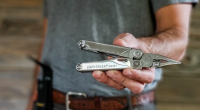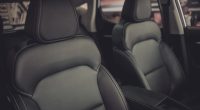Off-Roading: The Importance of Choosing the Right LED Driving Lights for 4WDs and Utes
Thinking of that ultimate trip to the bush? You’d better have a decently decked out 4WD or ute that can make easy work of all the uncertainty that lies ahead. Drivers will want front-end protection to avoid scuffs with boulders, stumps and curious marsupials, or collisions with other cars that are hard to spot. On that note, going with just the factory lights can put you in a whole lot of trouble.
There are abundant lighting options and fitting a decent pair of driving lights to your rig is the least you can do. These will light up your way at further distances and wider out, so all-round visibility is substantially improved over the stock car lights. And visibility and safety go hand in hand, especially if you also want to have a bit of fun.
What are Driving Lights?
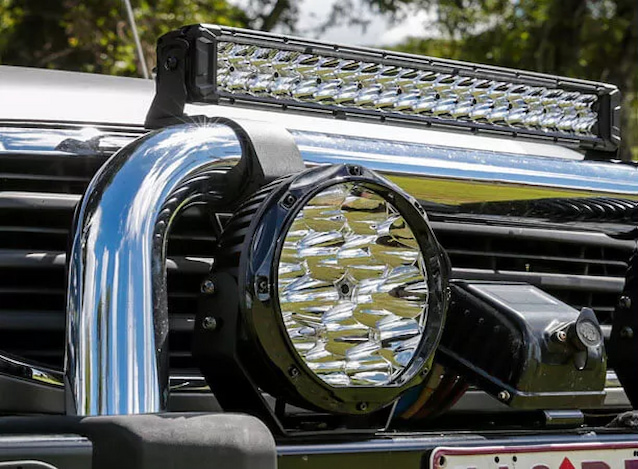
Driving lights are aftermarket solutions to poor visibility in any driving conditions. They’re large, round and pack a punch. Placed up front, either on the bull bar or near the front grille (or hanging from a well-specced roof rack), they light up your way further out. The lights can be sourced in different beam types: from spotlights with the aim of getting more light into the distance, to flood beams if you need to see more as to what’s happening to the sides of the car. Some are a combination of both, with a slight bias towards spot beams.
Tech has changed throughout the years, and now most off-roaders go for led driving lights as they can reap all the benefits they offer. Compared to outdated halogens or HIDs, LEDs come in a different design as they’re not based on bulbs as such. They have no issue with heat, and this allows light to be consistent no matter how long they’re on. It also means there’s no risk of burnout, as LEDs are rated to last the lifetime of the vehicle. Or in geek speak, well over 50,000 hours of work time.
Brightness is comparable to even the strongest HIDs (the recent title holders), but the necessary power to achieve that brightness is substantially lower, so there’s no risk of draining the battery. And lastly, prices have come down, as there are more manufacturers of LED lights, and a good sign that this is becoming the industry standard, and innovation is pushing forward. All the better for consumers and avid adventurers.
What to Look for In Driving Lights?
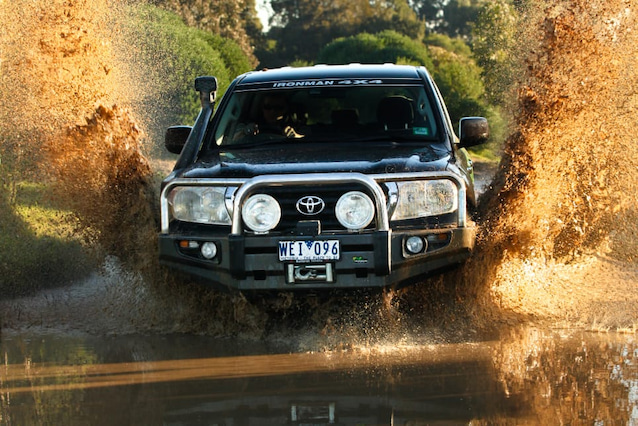
With so much variation in prices, performance, build, and features, and so many options available, Aussie buyers are spoilt for choice from different brands. Set a budget, and go for value. Most lights will be independently tested as to the figures they specify, so no worries here. Others go overboard with pricing but offer what they claim to be the best. To be honest shelling out four figures on a pair of driving lights (as most of them are sold) is a bit rich. So, choose as your wallet dictates.
Build
For typical off-roading conditions, you’re faced with dust, debris and flying rocks that can easily damage housings and the front lenses when you least expect it. Heat is also a major factor, as it can burn through the chips and wiring if they’re not built to a standard. Fortunately, you get what you pay for. Outer housings are lightweight yet durable aluminium that is also coated against corrosion. There are IP ratings keeping lights protected against liquids and impact, and wiring harnesses are well-insulated – that is if they come included.
Output and Brightness
Brightness depends on the number of individual LEDs packed into the housing, the brand of the LED chips, and how everything is balanced in terms of lens and reflector positioning. Brands state brightness in LUX. This is the lighting of one lumen (the light a candle puts out at one foot distance) per square metre.
If this is too much to grasp, then the more LUX the brighter the light at a greater distance. Some manufacturers claim 1LUX at over 1500m, which is enough to light everything in your path when driving at breakneck speeds and have plenty of time to make adjustments as needed.
Another thing to look out for is rated and effective lumens, and the second number gives a more realistic picture of what you’ll actually see. Effective lumens is the brightness level after the lights have been on for 30 minutes or more. LEDs fair better here than traditional bulbs, as they’re not affected that much by generated heat or outside temperatures.
Size
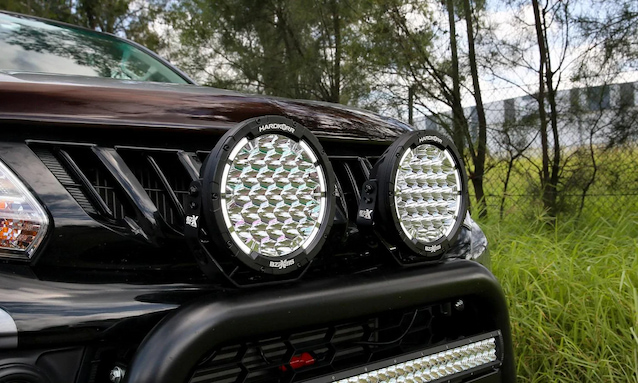
Brightness often correlates with size. The bigger the housing the more room to pack in more LEDs. Smaller led driving lights start out at 15 cm (or 6 inches) in diameter, whereas those with a bit more shine average around 7-8 inches or (18-20cm). Larger 9-inch (22.5cm) lights have the realty space to shine brighter, but this naturally comes at a price.
Sizing matters if you have limited space for mounting. In this respect, there are also slim profile lights that fit older vehicles and take up less space if you intend to use them attached to the front of a roof rack. This will also affect weight and may restrict them to being used solely upfront. Smaller lights weigh around two kilos, with included mounts, and larger lights will exceed 3kgs or more.
Other Considerations
Colour temperatures mean that LEDs are tuned for a specific colour. This is stated in Kelvin (K). You’ll want lights that are closer to daylight, or around 5500K, as anything more gives off a bluish/purple tint, and anything less goes on red or orange. Natural colour temperatures put less strain on the eyes, so you won’t be battling fatigue over longer distances.
Also, consider lights rated against electromagnetic interference to avoid interference with CB radios or communication systems. LEDs are also way more efficient than bulbs, but do look into rated power usage if you’re thinking about mounting more than a few driving lights.


